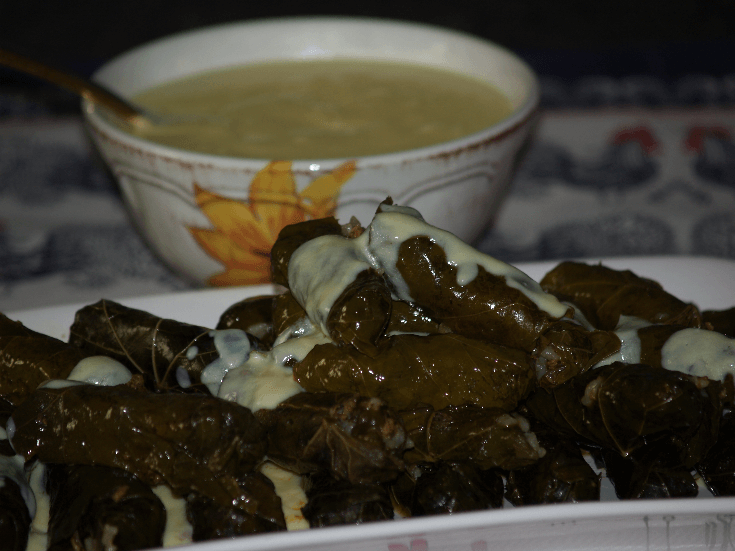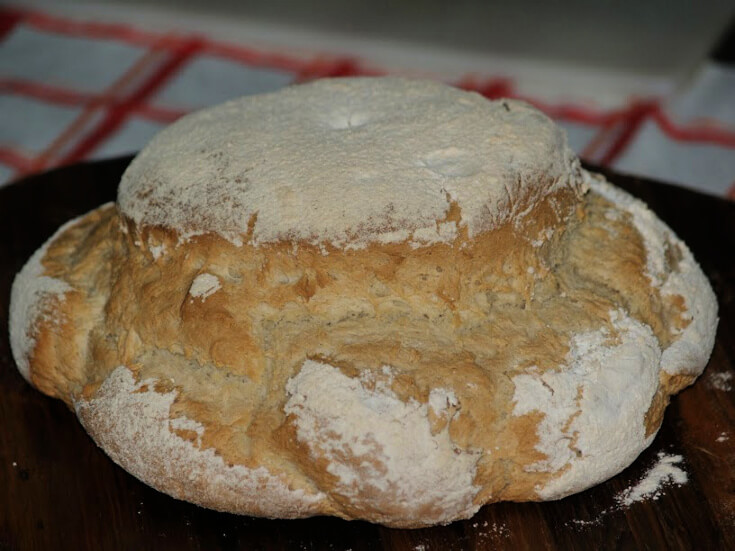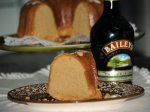- Painless Cooking
- Canning Techniques and Recipes
- Making Apple Cider Vinegar
How to Make Apple Cider Vinegar
Making apple cider vinegar is my favorite; I am never without this wonder liquid. Learning how to make vinegar is not as hard as you might think. Although vinegar can be made from grapes, peaches, pears and grains, the most common form is made from apples.
The strength of the finished product is in direct relation to the amount of sugar in the original solution; usually sweet apples making a stronger solution. This is not always true because sometimes the sour apples have a higher proportion of sugar. It is best to test the strength (or acidity) with a wine testing kit. Whatever number you come up with is multiplied by 0.8 and that is the acetic strength of the vinegar; it should be five percent.
To can (or bottle) vinegar, you must reach this five percent strength in the acidity. If you are just learning how to make vinegar, weak vinegar can spoil and even botulism making it dangerous to use. It is important for you to test for the acidity strength. If you plan to use it to make pickles it may discolor your pickles. After testing your vinegar, you may find it is common for it to be too strong and needs diluting. You will need to dilute your apple cider vinegar with water bringing it to the five percent which is commonly sold in the grocery stores. Be sure to test it as you dilute so as not to dilute too much.
HOW TO MAKE APPLE CIDER VINEGAR
Use only fresh uncooked apple cider in making the cider vinegar; any added preservatives will prevent it from turning to vinegar. A first cider fermentation will take place between four to six weeks at room temperature (between 60 and 80 F degrees. Temperature and oxygen supply are the two main factors when making vinegar. Unlike the first fermentation, a second cider fermentation takes place only on the surface of the cider; this is the forming of the vinegar mother. To help this process use a large vessel which offers more surface space. Another alternative is that you can divide the mixture so the surface is below the neck of the bottle allowing more surface space. (Never use metal; use glass, plastic, wood, enamel or stainless steel for vinegar.) Tie cheesecloth over the containers to keep out dust and bugs but it will allow for the flow of oxygen to the mixture. The time required for processing can vary depending on conditions; allow 3 to 9 months then the vinegar can be used for various things.
Another way to make the vinegar is to grind or crush fully ripe apples; ones free of decay and bad spots. Place in a juice press and extract the juice. Place the juice in a stainless steel or enamel open kettle and boil until reduced by one half; skim top often. Pour this sweet cider immediately into stone jugs and tie cheesecloth around the opening so air can get in. It will turn to vinegar in about 4 to 6 weeks.
HOT PICKLED OKRA RECIPE
- 4 Cloves garlic
- 2 Small hot peppers in halves
- 3 Cups water
- 3 Cups apple cider vinegar
- ½ Cup canning salt
- 2 Teaspoons dill seed
Pack okra firmly in four clean pint jars; put in each a garlic clove and half of pepper.
Combine water, vinegar, salt and dill; bring mixture to a boil.
Pour hot liquid over okra leaving ¼ inch headspace; run knife through liquid to remove air bubbles.
Adjust caps and process 15 minutes in hot water bath.
HOT PEPPER JELLY RECIPE
This is a spicy sweet sour sauce; good with cream cheese and crackers.
- 7 Cups sugar
- 1 ½ Cups apple cider vinegar
- ¼ Cup finely diced red hot pepper
- 1 Cup finely diced green bell pepper
- 4 Cups finely diced red bell peppers
- 1 Package liquid pectin
Combine sugar and vinegar in saucepan; bring to a boil.
Add peppers and return to a boil; boil 2 minutes.
Remove from heat and let set 10 minutes.
Add pectin and let stand 10 more minutes.
Put in 10 hot sterilized jelly jars and cap; process for 10 minutes in boiling water bath.
ASPARAGUS RECIPE
- 3 Slices bacon
- ½ Cup sliced green onions
- 3 Tablespoons apple cider vinegar
- 1 Tablespoon water
- 2 Teaspoons sugar
- ¼ Teaspoon Seasoned salt
- Pepper to taste
- 1 ½ Pounds fresh asparagus cut in 1 to 2 inch pieces
- 2 Medium tomatoes cut in small wedges
Cook and crumble bacon; add onion to drippings and cook until tender.
Add vinegar, water, sugar, seasonings and crumbled bacon.
Bring to a boil; add asparagus, cover and cook only to slightly tender.
Add tomato wedges and toss to coat; cook only a couple of minutes to heat through.
VINEGAR BARBEQUE SAUCE RECIPE (Great for pork or beef)
- 2 Cups water
- 1 Cup apple cider vinegar
- 3 Tablespoons crushed red pepper
- 1 Tablespoon black pepper
- 1 Tablespoon minced garlic
- Salt/pepper
Combine everything in a bowl and mix; pour into a glass jar and refrigerate 4 to 6 days.




